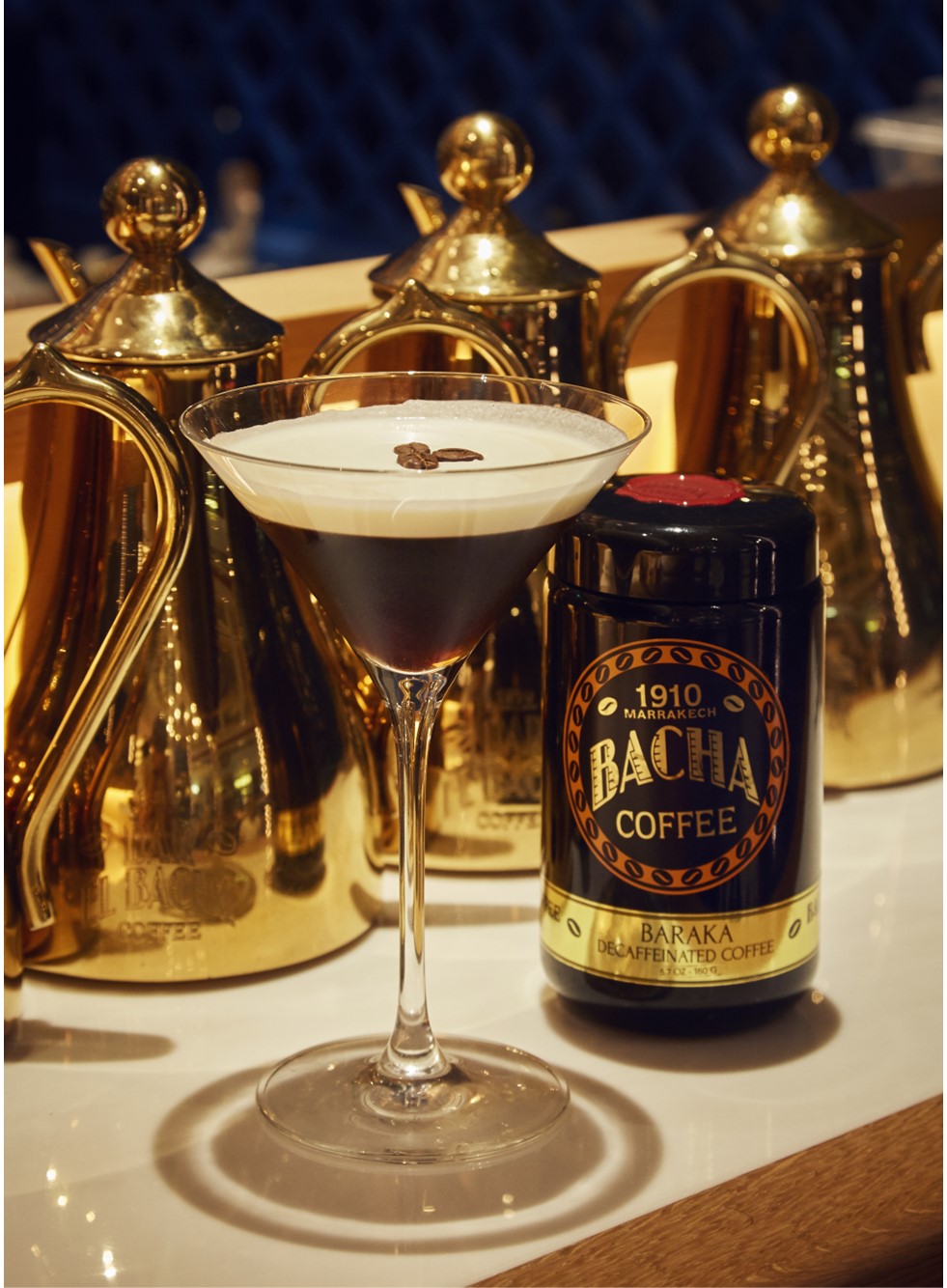Decaf 101
Written by Bacha Coffee | 20 November 2020
|3 mins | Coffee Knowledge
An insider’s guide to coffee without the caffeine buzz.

When discussing decaffeinated coffee among coffee lovers, the subject can be polarising. Whereas some coffee drinkers are delighted to savour the flavours and aromas of fine coffee with a lessened amount of caffeine inside, others who claim themselves to be coffee purists consider it a crime to even think of removing one of the coffee bean’s signature traits. To those that may doubt the exceptional quality that a beautiful decaffeinated coffee can exude, we offer a fresh perspective on the subject by exploring how decaffeinated coffee is made and sharing our secret for crafting the world’s finest.
What is exactly is decaffeinated coffee?
Despite recent advances in technology, it is currently not possible to produce coffee without any caffeine at all. Decaffeinated coffee, or decaf, is made with coffee beans that have at least 97 percent of their caffeine removed. While the beans still contain traces of caffeine, removing most of the caffeine makes a major difference to those who are sensitive to it.
How is decaffeinated coffee made?
There are several ways to decaffeinate coffee. The process starts before the coffee is roasted, when the coffee beans are still green.
- Natural Carbon Dioxide (CO2) extraction
At Bacha Coffee, we use natural carbon dioxide (CO2) extraction methods to produce our decaffeinated coffees. Green coffee beans are steamed and then added to a high-pressure vessel where a mixture of water and carbon dioxide is circulated. The caffeine dissolves into the carbon dioxide, keeping the flavours and aroma of the coffee beans intact. This process, which does not involve the use of any chemical additives, is considered to be the most effect at maintaining the unique characteristics of each coffee. It is also more environmentally-friendly as we clean the C02 and reuse it once purified to extract caffeine from other beans.
This method involves soaking green coffee beans in hot water to dissolve the caffeine. After soaking, the water is passed through a charcoal filter. The caffeine gets trapped in the filter while the coffee oils pass through to create a green coffee extract. This extract is then used to soak the next batch of green coffee beans to retain the coffee flavour yet flavour retention is not always guaranteed.
This is the most common way of decaffeinating coffee. The coffee beans are soaked in a solvent – usually methylene chloride or ethyl acetate. The process draws out caffeine. Critics argue that adding solvents to coffee beans affects flavour and poses health risks.
What does it taste like?
There is a common perception that decaf coffees do not taste the same as regular coffees. However, this is dependent on the decaffeinating process. When coffee is decaffeinated using the natural carbon dioxide extraction, the unique characteristics of the coffee remain intact and the complexities of flavour remain present on the palate. This is why the decaffeinated coffees by Bacha Coffee are so rich and full-bodied.
Other extraction methods can produce coffees which, when brewed, may be lighter in colour and in flavour. The taste and aroma of these coffees is usually much milder.
When should you drink decaf coffee?
- When you are expecting or breast-feeding
As our decaffeinated coffees are chemical-free, our decaf coffees are great for pregnant women and new moms. Our fine-flavoured decaffeinated coffees are perfect for a much-needed treat. Try Kahwa! Kahwa! Decaffeinated Coffee. We recommend enjoying it with a splash of milk or a dollop of Chantilly cream.
Discover the Bacha Coffee Naturally CO2 Decaffeinated Collection here.